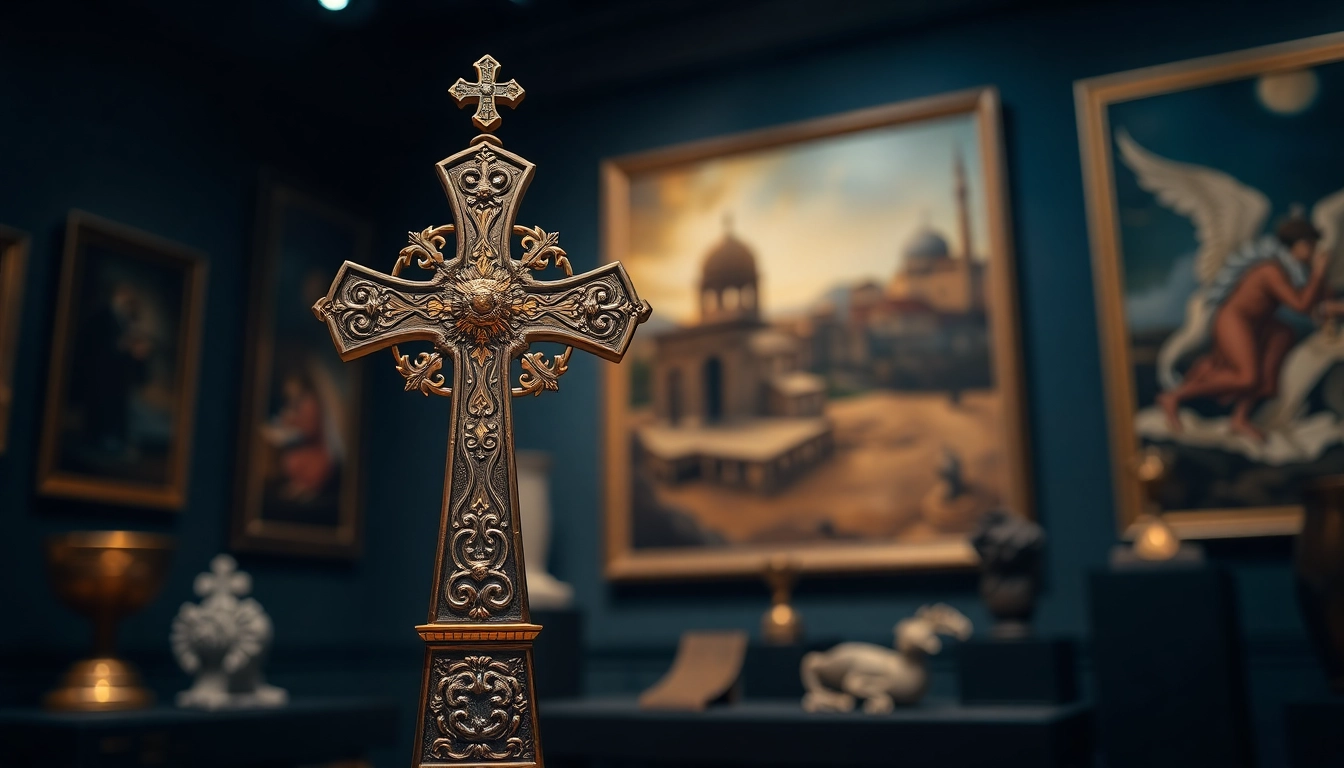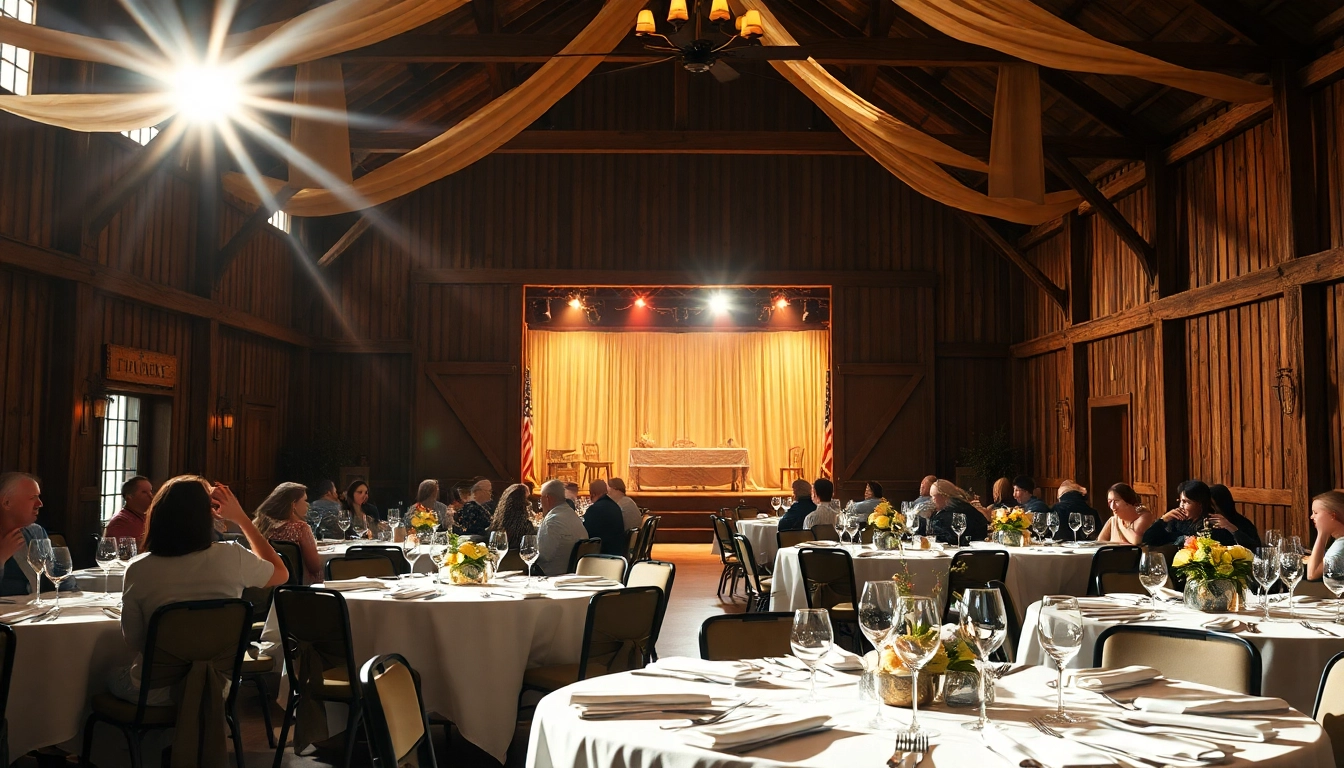Understanding the Jerusalem Cross
Defining the Jerusalem Cross
The Jerusalem cross, often referred to as the “five-fold cross” or the “Crusader’s cross,” is a distinctive heraldic and Christian symbol with rich historical and spiritual significance. It features a large central cross, known as the cross potent, surrounded by four smaller Greek crosses, each situated in one of the four quadrants. This unique configuration represents the Four Evangelists—Matthew, Mark, Luke, and John—highlighting the message of the Gospels and the mission to spread Christianity worldwide. The Jerusalem cross holds particular importance in Christian symbolism, often seen as an emblem of faith, hope, and the calling to evangelize. If you’re interested in exploring more about the Jerusalem crosses, you’ll find a wealth of knowledge about their artistic representations and historical contexts.
The Historical Significance of Jerusalem Crosses
The historical roots of the Jerusalem cross trace back to the early Christian period, specifically during the 11th century. Its origins are often associated with the Kingdom of Jerusalem, established during the Crusades. The cross served as a prominent symbol of the Crusaders, representing their religious mission and authority in a region of deep spiritual significance. Following the First Crusade in 1099, the cross became a symbol of Christ’s victory and the promise of salvation, particularly as it was used in the banner of the Christian troops. Additionally, many historians note that the Jerusalem cross symbolizes the Christian duty to evangelize the world, emphasizing the importance of spreading the teachings of Christ from Jerusalem, the heart of Christianity.
Symbolism within the Jerusalem Cross
The symbolism of the Jerusalem cross is multifaceted and profound. At its core, the large central cross symbolizes Christ’s sacrifice and triumph over sin and death. The four smaller crosses surrounding it represent the evangelists and the far-reaching mission to spread the Christian faith to the four corners of the earth. Each of these smaller crosses stands as a reminder of the Gospel’s universal message, bridging communities and cultures through the power of faith. Furthermore, the arrangement of the larger and smaller crosses can also symbolize the unity of the Church under the teachings of Christ and the call for believers to share their faith actively.
Variations and Designs of Jerusalem Crosses
Traditional vs Contemporary Jerusalem Cross Designs
The design of the Jerusalem cross has evolved over centuries, creating a rich tapestry of traditional and contemporary interpretations. Traditional Jerusalem crosses often feature ornate embellishments and are crafted using classic techniques, reflecting the artistry of medieval craftsmanship. These designs typically utilize materials such as wood, gold, and silver, embodying a sacred quality. In contrast, contemporary designs encompass a variety of styles, focusing on minimalism and modern aesthetics. Artists today may incorporate new materials like resin or different alloys, updating the cross’s visual appeal while maintaining its symbolic integrity. Each design serves as a reminder of its historical significance while appealing to a broader audience that appreciates both tradition and modern artistry.
Materials Used in Jerusalem Cross Creation
Jerusalem crosses are crafted from various materials, each choice impacting their artistry and significance. Traditional materials include olive wood, a favored choice due to its local availability in the Holy Land, symbolizing reverence and the connection to the land where Christ walked. Metal variations, such as silver and gold, are often used for ceremonial crosses, reflecting the importance of the symbol during occasions like baptisms and confirmations. Additionally, contemporary creations may utilize alternative materials like ceramics or textiles, allowing for innovative designs that resonate with modern audiences. Regardless of the material, the heart of the Jerusalem cross remains unchanged, symbolizing a lifelong commitment to faith.
Popular Styles of Jerusalem Crosses
Among the various styles of Jerusalem crosses, several have gained particular popularity among collectors and those seeking to express their faith. The classic olive wood cross remains a cherished artifact, often carved intricately to showcase the natural beauty of the wood grain. In contrast, metal Jerusalem crosses, often adorned with gemstones or detailed engravings, have become favored choices for those desiring a more luxurious representation of their beliefs. Contemporary representations might include abstract interpretations or mixed-media designs that incorporate elements like painting or digital art. The choice of style often correlates with the intended use—display, personal devotion, or gifting—underscoring the cross’s versatility as a symbol of faith.
The Role of Jerusalem Crosses in Religious Practices
Usage in Christian Worship
Jerusalem crosses play a significant role within Christian worship, often serving as focal points during various rituals and ceremonies. From church services to personal prayers, the cross is utilized in diverse ways to reinforce the Christian message. For many congregants, displaying a Jerusalem cross in their homes or wearing one as jewelry acts as a constant reminder of their faith. Additionally, they are used in baptismal ceremonies, where the cross symbolizes the initiation into the Christian community. The act of signing oneself with the cross is also a gesture loaded with meaning, embodying protection, blessing, and acknowledgment of faith.
Jerusalem Crosses in Ceremonies and Rituals
In various religious ceremonies, Jerusalem crosses serve as important symbols, enriching the experience for participants. For instance, during Holy Week, these crosses are often displayed prominently within churches, reinforcing the themes of sacrifice and resurrection. They are also integral to the First Communion and Confirmation rites, representing the young believers’ commitment to their faith. In some traditions, small Jerusalem crosses are gifted to confirmands as a symbolic gesture of their new journey as adult members of the Church. This is a testament to the cross’s role in marking significant milestones in one’s spiritual journey.
Personal Significance and Meaning to Believers
For many believers, the Jerusalem cross transcends its physical form, embodying a personal connection to faith. It serves not just as an ornament but as a visual representation of one’s spiritual journey and identity. Individuals may choose to wear or display a Jerusalem cross to signify their beliefs, to encourage discussions about faith, or as a reminder of their commitment to the teachings of Christ. This personal significance can be especially powerful in times of struggle or doubt, acting as a source of comfort and strength.
Jerusalem Crosses in Art and Culture
Representation in Religious Art
Throughout the ages, the Jerusalem cross has been a recurring motif in religious art, inspiring countless artists to capture its essence. In paintings, stained glass, and sculptures, the cross serves as a focal point that draws viewers into the narrative of faith and redemption. Artists have often depicted it alongside biblical figures, underscoring its role as a symbol of divine love and sacrifice. Additionally, artistic interpretations have varied widely based on cultural contexts, allowing the cross to resonate deeply with different audiences around the world, highlighting its universal message and appeal.
Jerusalem Crosses in Modern Media
In modern media, the Jerusalem cross continues to be a significant symbol, appearing in films, television shows, and literature that explore themes of faith and spirituality. It often represents not only religious devotion but also the historical context of Christian conflicts and pilgrimages in the Holy Land. Documentaries showcasing the historical Crusades typically highlight the Jerusalem cross due to its association with that period, providing audiences with a visual understanding of its importance. Furthermore, the cross can also be found in popular culture, where it may symbolize broader concepts such as hope, resilience, or the struggle for peace in troubled regions.
Cultural Impact of Jerusalem Crosses Across the World
The Jerusalem cross has a profound cultural impact, touching lives and inspiring beliefs across continents. As a symbol of reconciliation and peace, it has found its way into interfaith initiatives and dialogues, where it symbolizes the shared values of love and respect among different religions. Groups dedicated to peacebuilding often incorporate the Jerusalem cross into their initiatives, emphasizing its potential to unite rather than divide. Across various customs and traditions, the cross also appears in festivals and celebrations, reinforcing its role as a cherished emblem of faith and heritage.
Purchasing and Caring for Jerusalem Crosses
Where to Buy Authentic Jerusalem Crosses
When seeking to purchase authentic Jerusalem crosses, it is essential to consider reputable sources that uphold traditional craftsmanship standards. Local artisans in Jerusalem often create handmade crosses that showcase the beauty and significance of this symbol. Many online retailers specialize in authentic religious artifacts, providing verified craftsmanship and a variety of designs to choose from. Before making a purchase, buyers should research the seller’s background, ensuring they support the artisans and communities that maintain the traditions around these crosses. It is also wise to read customer reviews and seek out recommendations to ensure a satisfying experience.
Maintaining and Caring for Jerusalem Crosses
Proper care and maintenance of Jerusalem crosses depend largely on the materials used in their construction. Wooden crosses, particularly olive wood variations, should be kept away from direct sunlight and humidity to prevent warping and cracking. Regular dusting with a soft cloth will keep them clean and looking their best. For metal crosses, gentle polishing can help maintain their shine and prevent tarnishing. If a cross features gemstones or intricate engravings, it may require specialized cleaning techniques to preserve these details. Regardless of material, treating a Jerusalem cross with respect and care ensures its longevity and preserves its rich heritage.
Incorporating Jerusalem Crosses into Home Decor
Integrating Jerusalem crosses into home decor can create a spiritually enriching environment. They can be displayed prominently in living rooms or studies, serving as focal points of conversation and contemplation. Consider arranging them with other religious artifacts or incorporating them into gallery walls alongside personal photographs or art pieces. Jerusalem crosses can also be placed on mantels, bookshelves, or hung on walls as a beautiful representation of faith and heritage. Utilizing these crosses as decorative elements not only enhances the spiritual ambiance of a space but also allows for personal expression of belief and values.



